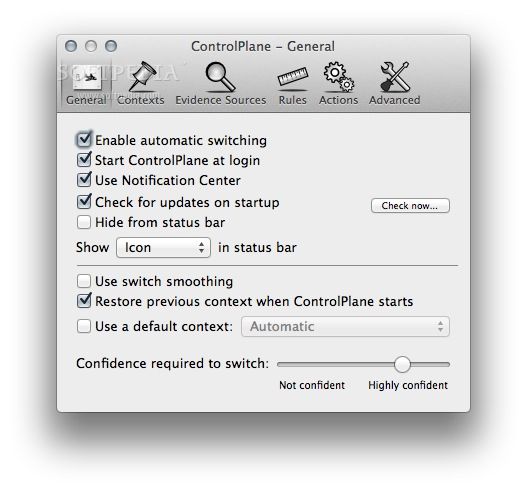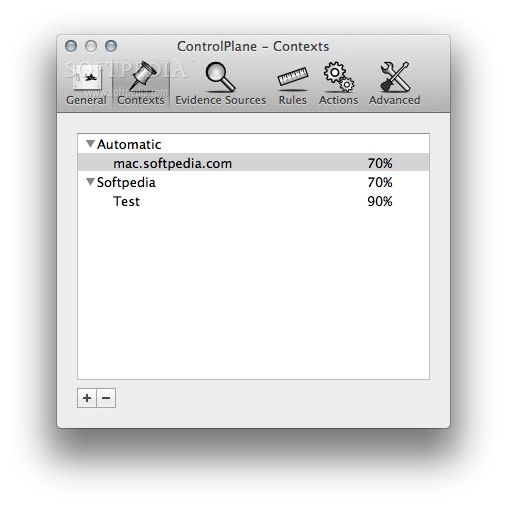
Vendors can implement these in different fashions on how those tables are partitioned between multiple routing instances.
Controlplane software#
The Routing Information (data)Base (RIB) and Label Information Base (LIB) are processed in software and used to populate FIB(forwarding information base) and the LFIB. The control plane is the component to a router that focuses on how that one individual box interacts with its neighbors with state exchange. Disclaimer much of this can be semantics which tend to get tedious and boring so, well sorry.

Kicking off with fast path, slow path, BCAM and Trie lookups doesn’t do anyone any good. I thought it might be helpful to cobble together some definitions from some of my favorite books, a couple of RFCs and some drawings, so I don’t have to fumble around every semester with poor explanations. It seems a bit nascent from time to time what the difference, if any is between the forwarding and data plane.

Working with some interns this week I was walking through these “planes” with them and as I have in the past got to “Data Plane” and “Forwarding Plane”. If I could rewind a dozen years I would probably have made myself write the concepts of Control, Data and Forwarding planes on the chalkboard a few thousands times rather than spending the first couple of years of my career trying to understand the incredible complexities of networks backwards with a weak foundation. By abstracting data to conform to these constructs is how the Internet works today. These planes of operation are the building blocks of the layered architecture that networks have evolved to today. The Management plane is another vital component but also widely excepted as user to hardware interaction. The Control Plane, Data Plane and Forwarding Plane in Networks is the heart core DNA in today’s networking hardware to move IP packets from A to Z.
Controlplane archive#
CloudWatch Logs ingestion, archive storage, andĭata scanning rates apply to enabled control plane logs.The Control Plane, Data Plane and Forwarding Plane in Networks Type individually to send logs for your cluster. Information, see kube-scheduler in the Kubernetes documentation.īy default, cluster control plane logs aren't sent to CloudWatch Logs. Scheduler component manages when and where to run pods in your cluster. Information, see kube-controller-manager in the Kubernetes documentation. Manages the core control loops that are shipped with Kubernetes. ( controllerManager) – The controller manager Plane component that Amazon EKS uses for Kubernetes Role Based AccessĬontrol (RBAC) authentication using IAM credentials. – Authenticator logs are unique to Amazon EKS. For more information, see Auditing in the Kubernetes documentation. Kube-apiserver and the audit policy in the Kubernetes documentation.Īudit logs provide a record of the individual users, administrators, or systemĬomponents that have affected your cluster. ( api) – Your cluster's API server is theĬontrol plane component that exposes the Kubernetes API. To learn more about these components, seeĬomponents in the Kubernetes documentation.

Each log type corresponds toĪ component of the Kubernetes control plane. The following cluster control plane log types are available. Such as Amazon EC2 instances or Amazon EBS volumes, that you provision as part of your cluster. You are also charged for any AWS resources, You are charged the standard CloudWatch Logs data ingestion and storage costsįor any logs sent to CloudWatch Logs from your clusters. When you use Amazon EKS control plane logging, you're charged standard Amazon EKS pricing for eachĬluster that you run. When enabled, logs are automatically sent from the Amazon EKS cluster to CloudWatch Logs in the Per-cluster basis using the AWS Management Console, AWS CLI (version 1.16.139 or higher), or through theĪmazon EKS API. You can enable or disable each log type on a You can start using Amazon EKS control plane logging by choosing which log types you want toĮnable for each new or existing Amazon EKS cluster.

The exact log types you need, and logs are sent as log streams to a group for each Amazon EKS cluster in CloudWatch. These logs make it easy for you to secure and run your clusters. Amazon EKS control plane logging provides audit and diagnostic logs directly from the Amazon EKS control plane to CloudWatch Logs in your account.


 0 kommentar(er)
0 kommentar(er)
